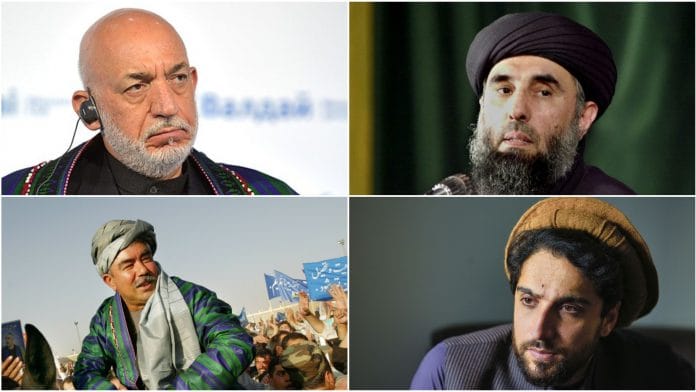New Delhi: The Taliban’s military takeover of Afghanistan was swift and decisive. Forming an inclusive government to avoid another civil war is proving to be much harder.
The militant group has been holding meetings in Kabul with Hamid Karzai, the first president after the U.S. invasion, and Abdullah Abdullah, No. 2 in the ousted administration, after leader Ashraf Ghani fled the country earlier this month. The Taliban’s membership is drawn largely from the majority ethnic Pashtun population, which is most dominant in the southern part of the country.
Despite having the upper hand now, the Taliban realizes any stable governing formation will need to include influential warlords and representatives from ethnic Uzbeks, Tajiks and Hazaras. Without that, the country risks falling into the same sort of internal conflict that erupted in the 1990s.
Here are the leaders the Taliban needs to have on board:
Gulbuddin Hekmatyar, former prime minister, 72
The former prime minister of Afghanistan and leader of the once powerful Hizb-e-Islami political party is a long-time survivor in Afghan politics. Once part of the Mujahideen fighters who were trained by the U.S. during the Cold War era to fight the Soviet Union in the 1980s, Hekmatyar has been both an ally and an enemy of the Taliban over the last 25 years. He has been sanctioned by the U.S. as a “specially designated global terrorist.”
After U.S. and NATO troops arrived in Afghanistan in the aftermath of the Sept. 11 terror attacks, he supported suicide attacks on coalition troops and had close links with Al Qaeda. In a recent interview he supported a dialogue and elections to decide the next Afghan government, and he’s currently participating in discussions with Taliban leaders. Hekmatyar’s deep and well-established links with Pakistan’s intelligence agencies make him a crucial player.
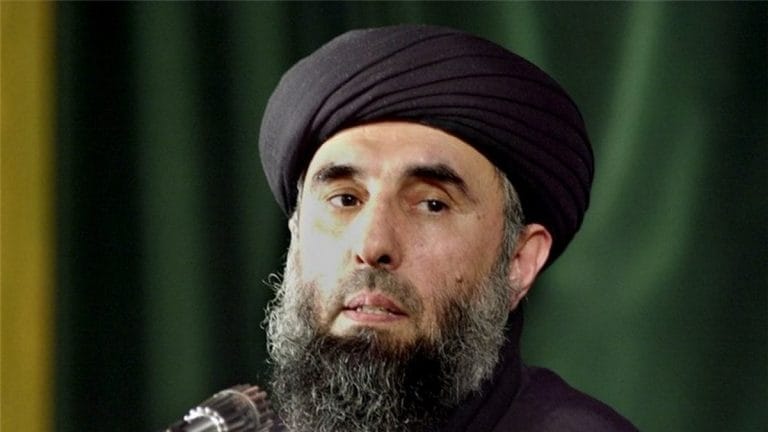
Hamid Karzai, former president, 63
Hamid Karzai is now at the negotiating table with the same people who once wanted to kill him. As the world watched the country descend into chaos — with the Taliban entering Kabul, and his successor Ghani fleeing — Karzai posted a short video message announcing his resolve to stay in the country. Even though the message had little impact on the unfolding chaos in Kabul, it was especially powerful because he appeared with his young daughters.
During his time as president, Karzai who has studied in India, fell out with the U.S over its use of drones and his refusal to sign a security pact that would’ve let U.S. troops stay beyond 2014.
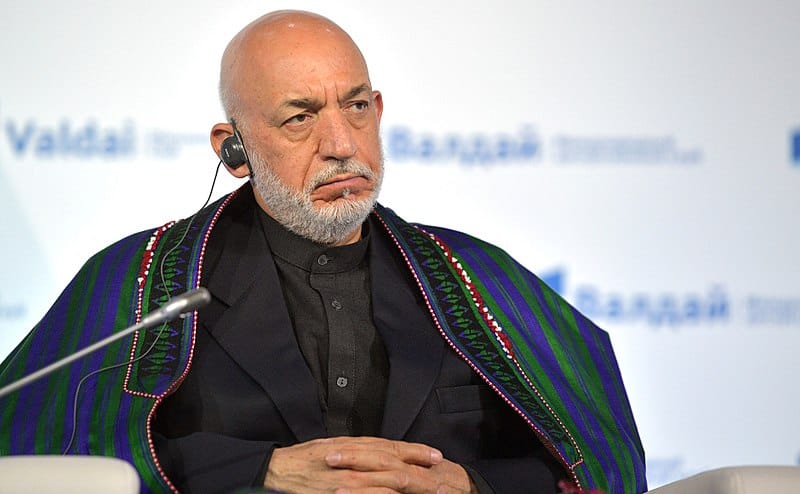
Also read: Akhundzada, Haqqani, Mullah Yaqoob — The Taliban’s key leaders who could lead Afghanistan
Abdulllah Abdullah, former CEO, 60
For the doctor-turned-politician, events in Afghanistan have come full circle. He was once an adviser to the leader of the Northern Alliance, Ahmad Shah Massoud, who fought the Russians and the Taliban. Now Abdullah, an ethnic Tajik, is negotiating a peaceful transfer of power with the Taliban.
Striking peace deals in Afghanistan isn’t easy and few know this better than Abdullah. He leads the High Council for National Reconciliation, which was expected to lead the now-dead intra-Afghan peace talks. Abdullah ran for president twice and came very close to victory in 2014. A dispute over the results prompted former Secretary of State John Kerry to fly in and broker a power-sharing deal between Ghani and Abdullah.
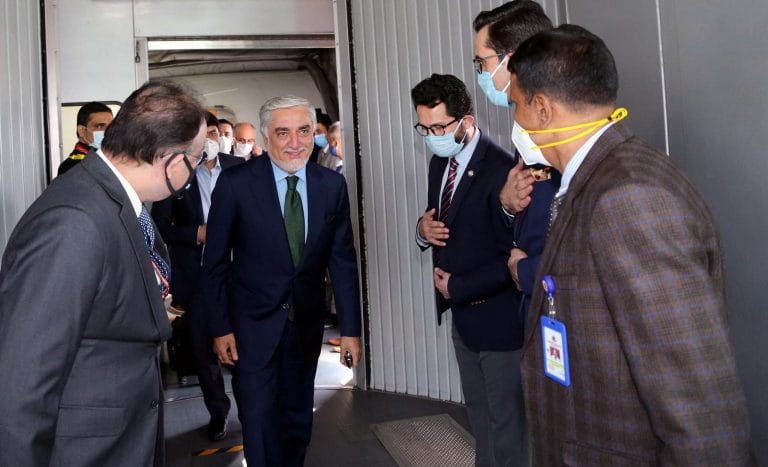
Abdul Rashid Dostum, warlord and former vice president, 67
The Uzbek warlord leader is another Afghan political veteran who has switched allegiances several times over four decades of fighting. He was a big part of the Northern Alliance, which fought the Taliban when they were last in power from 1996 to 2001.
Dostum backed Ghani’s government and was vice president for six years from 2013. He has been accused of war crimes, including mass killings and ordering the rape of a political rival, all of which he has denied. He spent several years in Turkey on health grounds, though rivals accused him of trying to escape facing justice in Afghanistan.
Dostum flew back to Afghanistan just as the Taliban was making rapid territorial gains, and he was expected to defend the iconic northern city of Mazar-e-Sharif from the militants. But the city fell as swiftly as the rest of country, forcing Dostum to flee. It’s unclear where he is currently.
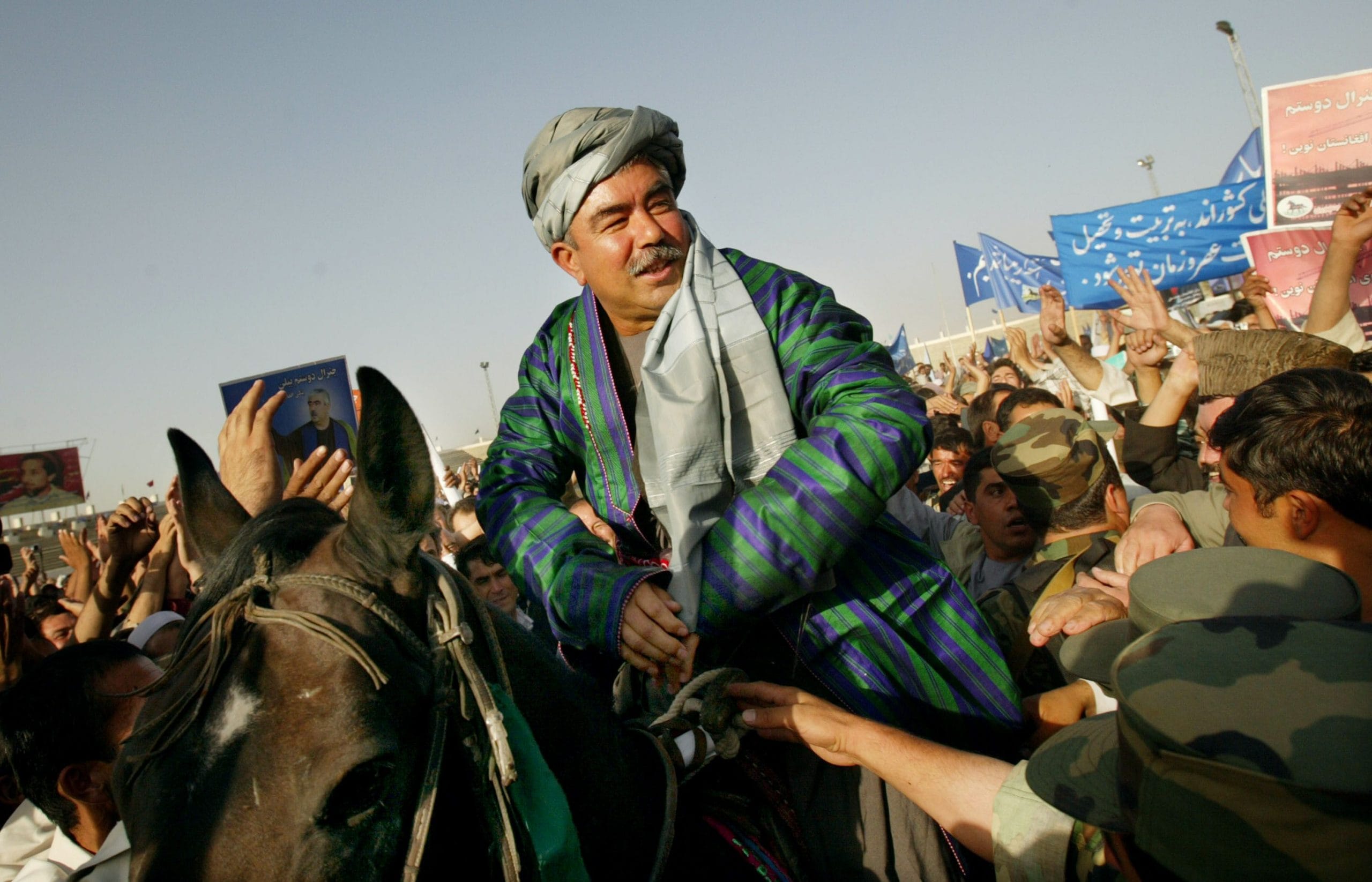
Also read: No, US state-building in Afghanistan didn’t fail. It just picked the wrong enemy
Amrullah Saleh, former spy chief and vice president, 48
The former vice president of Afghanistan declared himself “the legitimate caretaker president” when former president Ghani fled the country. Saleh, who joined Ghani’s government in 2017 as interior minister and also led Afghanistan’s intelligence agency, has survived multiple assassination attempts by the Taliban, including one last September.
Saleh is in the northern Panjshir valley, his stronghold. He appears to have teamed up with Tajik leader Ahmad Massoud, who has vowed to fight the Taliban.
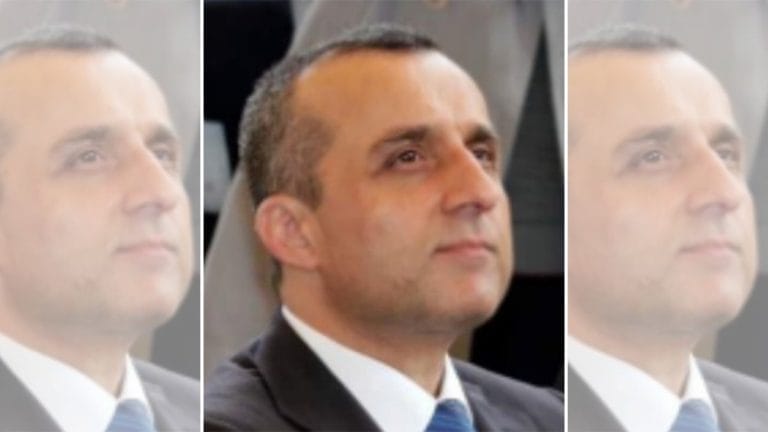
Ahmad Massoud, rebel leader, 32
The son of the slain Tajik Mujahideen commander Ahmad Shah Massoud could emerge as the face of the resistance against the Taliban. But that depends on whether he gets substantial help from overseas.
In an op-ed in the Washington Post last week, the U.K.-educated Massoud wrote that his fighters were “prepared to once again take on the Taliban.” Still, he added that their stores of weapons and ammunitions would run out “unless our friends in the West can find a way to supply us without delay.” Massoud is currently in talks with the Taliban, which have sent fighters around his stronghold in Panjshir province north of Kabul.

Ata Mohammad Noor, provincial leader, about 57
Ata Mohammad Noor, an ethnic Tajik leader, has been involved in wars in Afghanistan since the Soviet invasion and was among the Taliban’s fiercest enemies. He was governor of the northern Balkh province, the most prosperous in Afghanistan, until he was removed by Ghani in 2018. As the provincial capital of Mazar-e-Sharif fell to the Taliban, Noor fled along with his one-time rival Dostum.
Earlier this year as the Taliban gained momentum, Noor was one of the first to call for new militias and a people’s uprising to fight the militants. On Twitter, Noor alleged the surrender of the Afghan forces was part of a larger “organized and cowardly plot” and he vowed to fight on. He is currently in Uzbekistan.
Mohammad Karim Khalili, Hazara leader, about 71
The former vice president is a prominent figure from the minority Hazara ethnic group. Khalili was part of the delegation of senior Afghan politicians who went to Pakistan after the Taliban’s Aug. 15 takeover of Kabul. In a Facebook post last week, he said he hoped the Taliban’s top leadership would form a stable political order. “The future of Afghanistan depends on it,” he said.
Also read: Pakistan vs Qatar — it could be a dirty contest over who will mentor Taliban now



